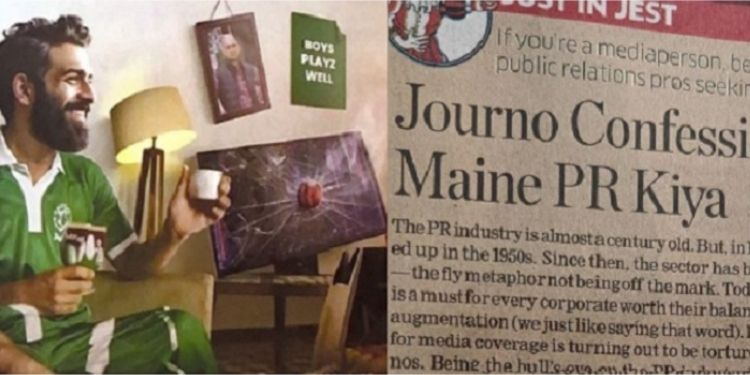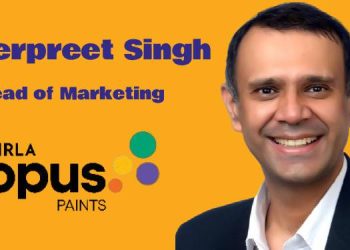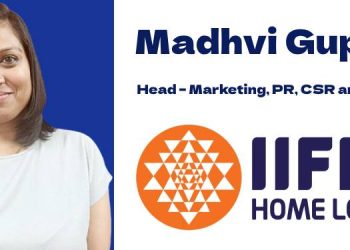I met the editor of a national news channel – someone whose work I respect – with a concept a few years ago. This was when #MeToo allegations were all over the place, including in colleges with students accusing professors. I proposed a #MeToo ‘Dark Room’ where accusers (who claim to be victims) could speak out. The identities of the accusers and the alleged accused would be totally masked. It would serve as a warning to perpetrators that there’s a big brother watching. It would encourage accusers to speak up. Where needed, one could escalate things and let law take its course. The show didn’t go through. But that’s not the point.
When #MeToo had a million handles to take off from on social media, why did I want verified accounts of accusers on a credible platform presented by informed opinion leaders? The answer is in the question: ‘verified’, ‘credible’ and ‘informed’. Also, a platform that allows for controlling the tone and ensuring the focus. Unlike social media.
Social media can help raise legitimate questions on issues and counter arguments with reason, but also obfuscate the same with scale, noise and whataboutery in response. We are daily witnesses to the shallow and fleeting nature of virtual trends, which can be created or hijacked with concentrated effort. Even genuine individual opinions can be more heated than needed, leading to wanton digression. A few heated debates raged on social media last week on important topics. One had to cut through the clutter to get to the crux of each.
Journalism versus PR
An anonymous one-sided short titled ‘Journo Confession…’ in a pink paper got the PR industry enraged. It had clearly been written by a journalist at the receiving end of incessant calls and follow-ups, and a penchant for shooting blindfolded. If it was written to incense, it did the job. Even when cloaked as ‘In Jest’. The first sane response was that PR professionals are only doing their jobs. More reason followed underlining that the two professions needed to work together professionally. Level 2: What about journalists who ask for freebies and demand junkets? Level 3: Such journalists should be boycotted by PR.
When the debate is on social media, can #Boycott be far behind? Journalists weren’t letting up either. The For and Against continues.
I tend to agree with those who have said that there are thorough professionals on both sides. And that there are a few rotten apples in journalism and public relations giving their respective professions a bad name. If I may add – with some even rotting in bed together.
If one were to browse through all that has been said on the issue on social media, one will find more spite and angst than perspective. Sift through the noise and only then can you hear sane voices. Can’t both these cohorts in the business of communication keep it civil in public? No, not on public social media platforms, which are engineered for excitement.
MakeMyTrip Goes Viral
The MakeMyTrip front page ad unleashed an unhealthy grade of debate on social media. Reading political debates and #BanBollywood posts seems to have conditioned us to the levels and standards set by troll armies.
For the uninitiated, the online travel brand published an ad ostensibly offering Pakistani fans discounts calibrated to the margin of defeat, on the morning of their team’s World Cup match against India on Saturday, October 14. This was hailed as creative brilliance by some, but didn’t go down well with some others.
While some critics said the device was in bad taste, some others expressed themselves more aggressively. The response was equal and opposite. From ‘ignore the feather-brains’ to more nationalistic arguments, the colourful contours were certainly more finger-biting good (nod to Lifebuoy’s moment marketing for the match) than the one-sided cricket.
Viral or Nothing
Should social media platforms take the blame for the present reality? That’s like saying we should blame generative AI for what it churns out. Humans are to blame for what they post online. Why is it that perfectly polite and courteous human beings become aggressive in the virtual worlds? Or is it a matter of time before the manner and tone of online behaviours and conversations start reflecting in the real world?
If film reviews are anything to go by, sarcasm and vituperation, coupled with brutal headlines, are becoming the formula. I am told they tend to get the stories better reach. If one were to gauge the reach of a platform or story by the social media reactions it receives, it is bound to lean towards the sensational. Brands that garner attention by venturing into the wrong side of right may win momentarily. But should that become a part of their playbook? That’s a dangerous spiral.
A cursory glance at conversational social media shows that it’s a mix of the good, the bad and the ugly. When social media turns into a battleground, no hostages are taken. Because as some of us fear, the bad and the ugly tend to travel more than the good.
Do we as brands and individuals want to travel that bad?
(The author is Editor, BrandSutra and Group Consulting Editor, Uplift Medianews4u. Views are personal.)

















